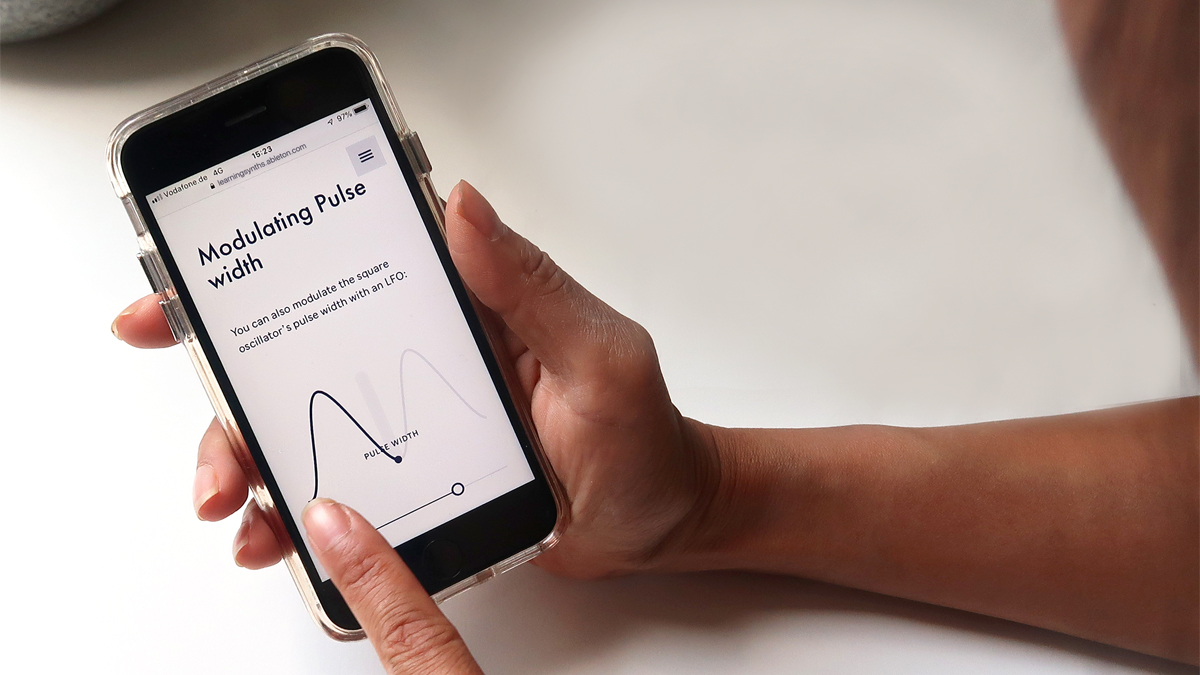Ableton’s free online learning courses can teach your stuck-at-home kids how to make music and use a synth
Now could be the perfect time to get your kids into music production

If your kids are stuck at home, now could be a great time for them to start exploring the wonderful world of electronic music production. There are many ways to do this, of course, and we’ll be exploring some of them over the coming weeks, but to kick things off, we thought you’d remind you of two excellent free interactive online resources from Ableton: Learning Music and Learning Synths.
It’s probably worth taking the Learning Music course first, as it introduces you to the concepts of beats, melodies, basslines, chords and song structure, and all from the comfort of your computer, phone or tablet’s web browser. What’s more, anything you create online can be exported as a Live Set for use in Ableton’s DAW.
Learning Synths, meanwhile, invites you to learn how a synth works by playing with a 2-oscillator monosynth in your browser. You’ll start right at the beginning, tackling super-simple concepts such as amplitude and pitch, before dealing with the likes of envelopes, modulation, oscillators, LFOs and filters. Then it’s time to apply the techniques that you’ve learned to create specific sounds.
It’s all super-easy to follow, making this a great first port of call for someone who knows nothing whatsoever about synthesis, and a great educational resource.
What’s more, if you do know a thing or two about synths, you can skip the lessons and dive straight into the Playground section. This enables you to fiddle with the synth to your heart’s content, and includes a range of preset sequences and sounds. Chrome users can even play it from a MIDI keyboard.
You can take the Learning Music and Learning Synths courses for free on the Ableton website.
Want all the hottest music and gear news, reviews, deals, features and more, direct to your inbox? Sign up here.



I’m the Deputy Editor of MusicRadar, having worked on the site since its launch in 2007. I previously spent eight years working on our sister magazine, Computer Music. I’ve been playing the piano, gigging in bands and failing to finish tracks at home for more than 30 years, 24 of which I’ve also spent writing about music and the ever-changing technology used to make it.